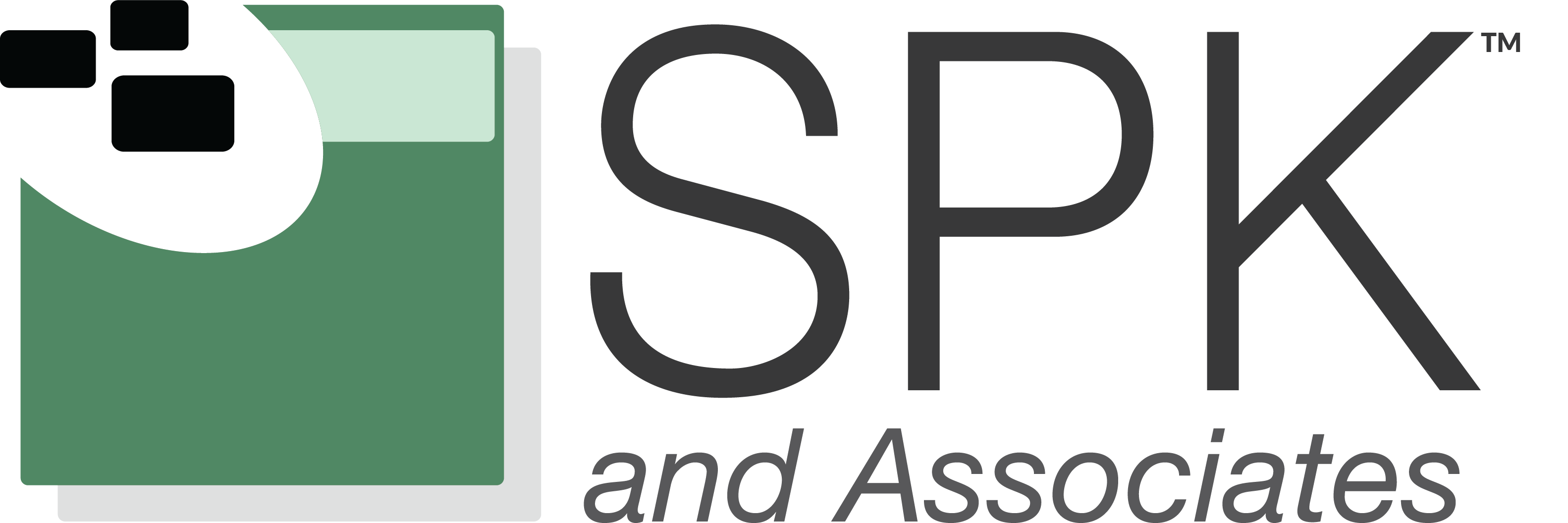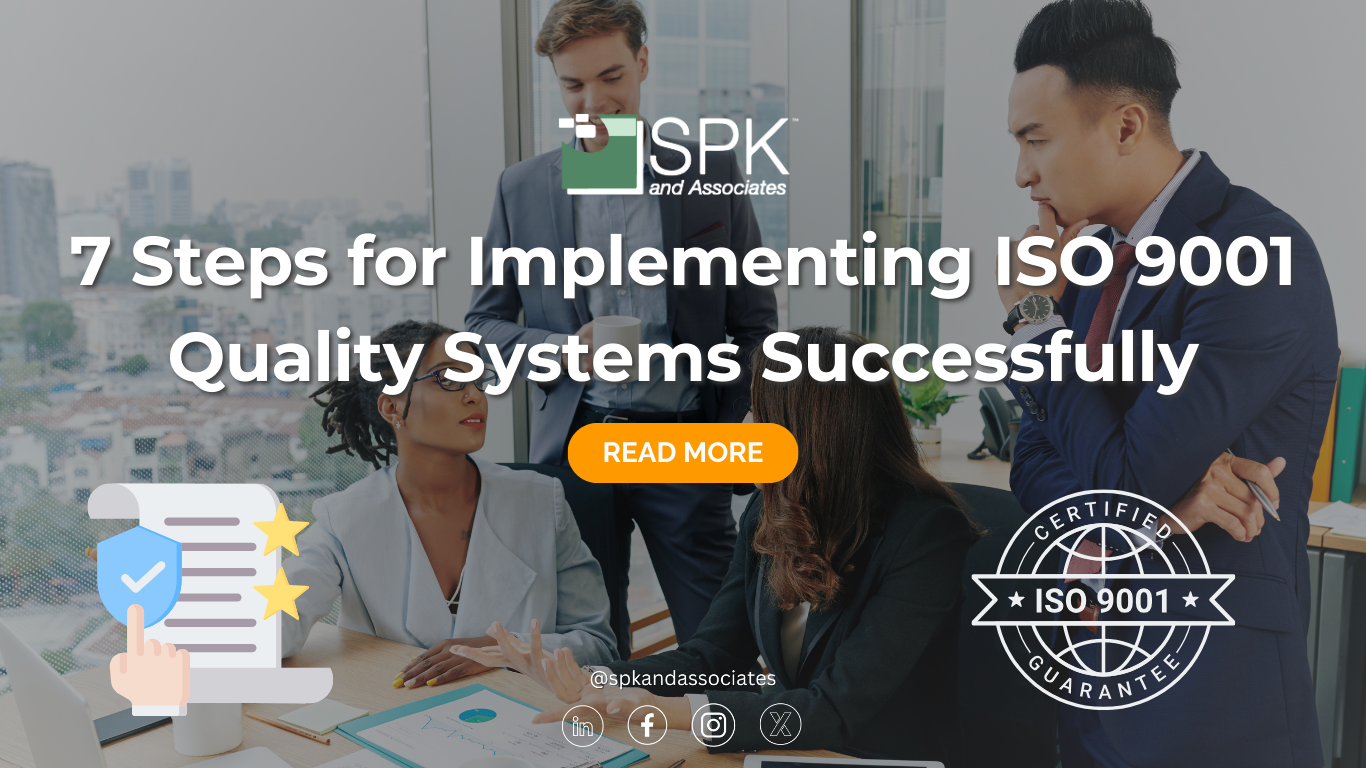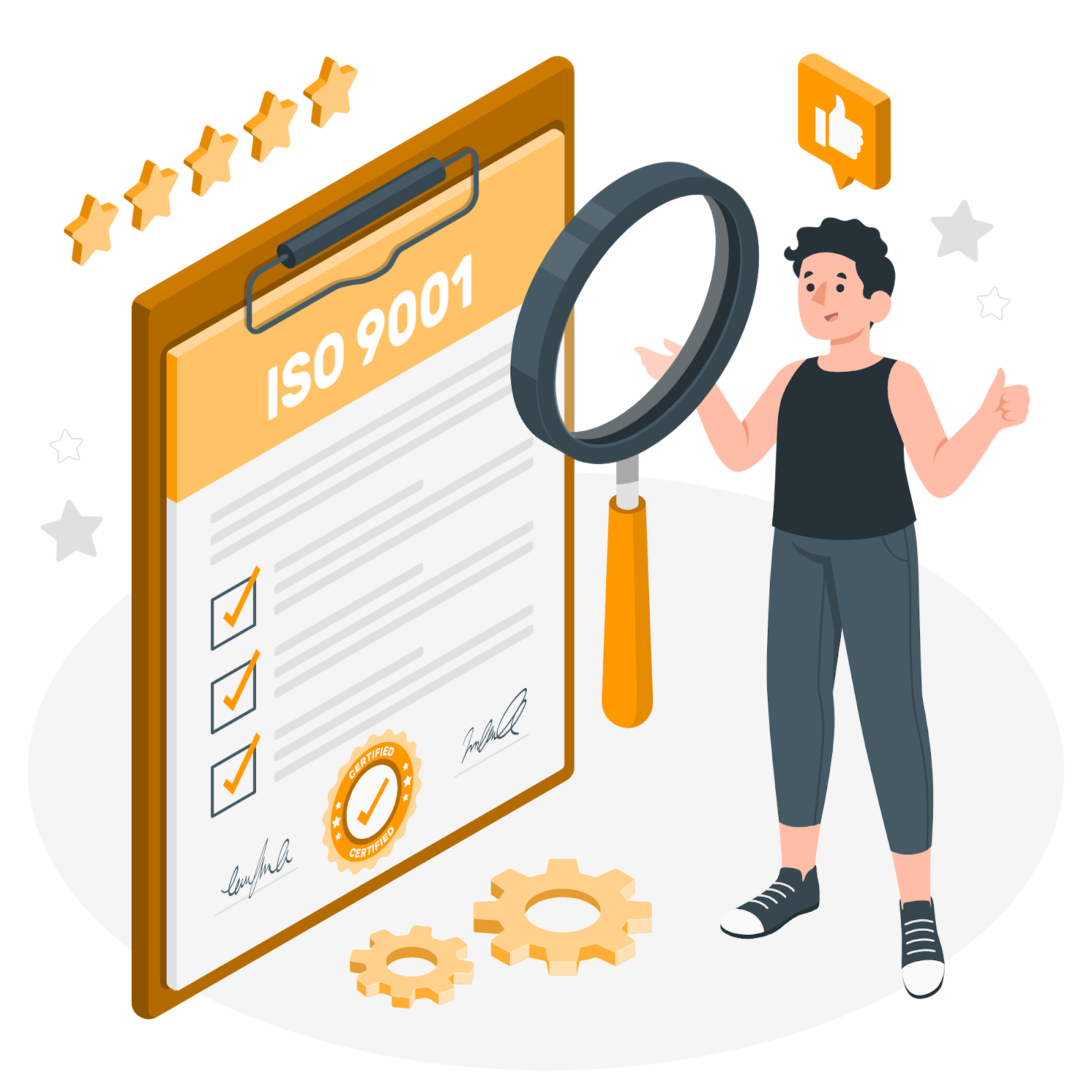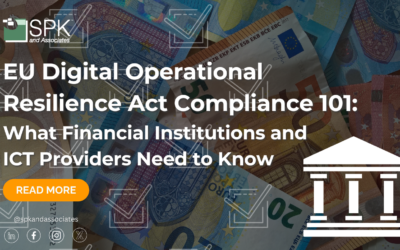Implementing a Quality Management System (QMS) that ensures compliance with ISO 9001 is a strategic decision for organizations. Implementing this system enhances customer satisfaction, improves efficiency, and drives continuous improvement. However, achieving ISO 9001 certification requires careful planning and execution. To successfully implement ISO 9001, follow these seven key steps to ensure a smooth certification process for your organization.
1. Secure Management Support
Before embarking on an ISO 9001 implementation, it’s essential to gain full commitment from senior management. Leadership plays a crucial role in allocating the necessary resources, setting quality objectives, and driving the cultural shift required for successful adoption. ISO 9001:2015 requires top management to demonstrate its commitment to quality and continuous improvement. Without executive buy-in, the implementation may face roadblocks such as resource constraints, lack of engagement, or resistance to change.
Actions to take:
- Educate leadership on the benefits of ISO 9001 (improved efficiency, customer trust, regulatory compliance).
- Assign a Quality Management Representative (QMR) to oversee the implementation.
- Allocate time, budget, and personnel for training, process development, and audits.
2. Identify ISO 9001 Requirements
Understanding the requirements of ISO 9001 is fundamental to a successful implementation. The standard is built on a few quality management principles, including customer focus, continual improvement, leadership, and engagement of people. A thorough understanding of ISO 9001 ensures alignment with the standard’s structure and identifies areas where compliance is required.
Actions to take:
- Study ISO 9001:2015, particularly its ten sections, which cover requirements like risk-based thinking, continuous improvement, and documentation.
- Conduct a gap analysis to compare current practices with ISO 9001 requirements and develop an action plan to close the gaps.
3. Define the Scope and Processes
Clearly defining the scope of your QMS and mapping out key processes is crucial to successful implementation. A well-defined scope prevents unnecessary complexity and ensures that only relevant departments, locations, and activities are included in your QMS.
Actions to take:
- Define which parts of your business will be covered by ISO 9001 (e.g. entire organization or specific departments).
- Identify core processes within your QMS (e.g. sales, production, customer service, procurement).
- Establish process documentation, including workflows, responsibilities, and performance indicators.
4. Implement the Processes
Once the scope and processes have been defined, it’s time to integrate them into daily operations. This step involves creating policies, defining responsibilities, and ensuring compliance with ISO 9001. It ensures that quality processes are actively practiced across the organization, not just a concept.
Actions to take:
- Develop and communicate a quality policy and objectives aligned with ISO 9001.
- Implement document control procedures to ensure proper record-keeping.
- Establish a risk-based approach to prevent defects and inefficiencies.
- Roll out internal process controls and performance monitoring systems.
5. Train Employees
ISO 9001 emphasizes the engagement of people, making employee training and awareness a crucial step in the implementation process. Employees must understand ISO 9001 principles, their role in the QMS, and how to comply with new processes. Without proper training, implementation can lead to resistance, confusion, and inconsistent practices.
Actions to take:
- Conduct ISO 9001 awareness training for all employees.
- Provide role-specific training for staff involved in documentation, audits, and process monitoring.
- Develop an internal communication strategy to keep employees informed about the QMS.
6. Select a Certification Body
Once the QMS is operational, the next step is to select an accredited ISO 9001 certification body. Choosing the right certification body ensures that your certification is internationally recognized and aligns with industry-specific requirements.
Actions to take:
- Research accredited certification bodies in your country (e.g. ANSI National Accreditation Board, UKAS, etc.).
- Verify that the body is recognized by the International Accreditation Forum (IAF).
- Compare costs, reputation, and auditing methodologies before making your selection.
7. Prepare for ISO 9001 Certification
The final step before certification involves document reviews, internal audits, and management review meetings to ensure readiness for the official certification audit. Certification audits determine whether your QMS meets ISO 9001 standards. A well-prepared organization will pass the audit with minimal corrective actions.
Actions to take:
- Conduct internal audits to identify non-conformities and areas for improvement.
- Perform a management review to assess the QMS’s effectiveness.
- Ensure all required documentation (procedures, records, policies) are up to date.
- Schedule the Stage 1 and Stage 2 certification audits with the selected body.
Long-term Benefits of ISO 9001 Compliance
Achieving ISO 9001 certification is not just about passing an audit but about building a culture of quality, continuous improvement, and customer satisfaction. By getting ISO 9001 certified, you can increase customer confidence and satisfaction. Additionally, this certification helps identify inefficiencies, streamline operations, and reduce waste. Furthermore, it demonstrates adherence to international quality standards and regulatory requirements. This display enhances your credibility to secure new business opportunities.
Ready to Implement an ISO 9001 QMS System?
By following these seven steps, organizations can successfully implement an ISO 9001 QMS. If your organization is ready to proceed with this, contact our experts today to see how we can help. Our team has extensive experience helping organizations ensure compliance with varying international standards. Get started today to position your organization for success!










